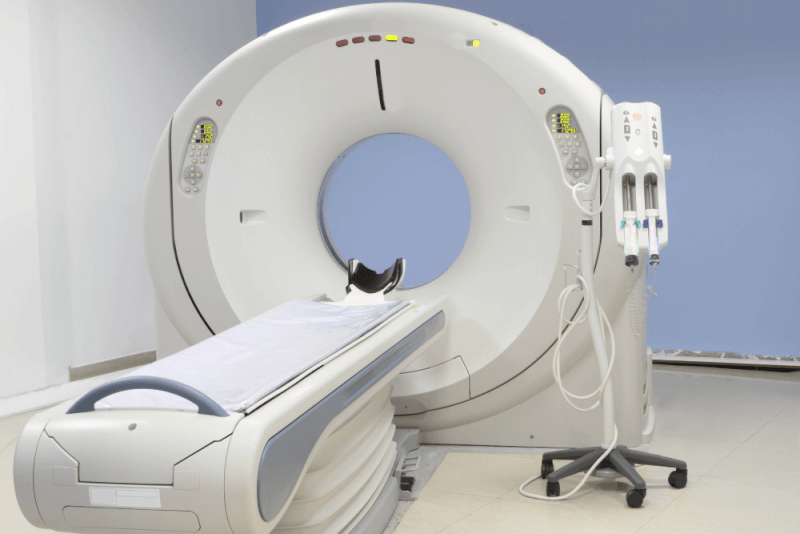What is PET (Positron Emission Tomography)
Often associated with cancer, PET scanning is an imaging test that can provide insight into the metabolic or biochemical function of tissues and organs. PET scanning is performed using a radioactive drug called a tracer to show both typical and atypical metabolic activity.
PET scanning can often detect atypical metabolism of the tracer in patients before other imaging tests such as computed tomography and magnetic resonance imaging can detect the disease. The tracer drug is usually injected into a vein in the hand or arm.
Why is PET (Positron Emission Tomography) performed?
PET scanning is one of the most effective imaging modalities to help discover various diseases, including cancer, heart disease and brain disorders. Experts use PET scans not only to diagnose diseases but also to monitor patients and control treatment.
Cancer
Cancer cells appear as bright spots on PET scans. This is because cancer cells have a higher metabolic rate than normal cells. PET scans are used for cancer as follows.
- Detecting cancer
- Understanding whether cancer has spread
- Checking the effectiveness of treatment
- The presence of cancer relapses
PET scans need to be interpreted carefully. Because some non-cancerous conditions may cause findings similar to cancer. In addition, some cancers are not seen on PET scans. There are many types of solid tumors that can be seen with PET scans. These tumor types include the following.
- Brain
- Chest
- Cervical
- Colorectal
- Eesophagus
- Head and neck
- Lung
- Lymph system
- Pancreas
- Prostate
- Thyroid
Heart diseases
PET scans can reveal areas of reduced blood flow in the heart. This information can be used to decide which surgical procedure should be used in the treatment.
Brain disorders
PET scans can detect brain tumors as well as check for certain brain disorders such as Alzheimer's disease and seizures.
PET scan risks
The PET scan involves injecting a radioactive drug called a tracer. Since the amount of radiation exposed to the tracer is small, the risk of being adversely affected by radiation is extremely low. However, the tracer can be risky in some cases. These include:
- Pregnancy
- Breastfeeding
- Alergic reaction
How is PET (Positron Emission Tomography) performed?
Some preparations must be made before the PET scan. Detailed instructions are given by health professionals on what these preparations are. In general, it is necessary to avoid strenuous exercise for a few days before the scan and to stop eating 4 hours before the scan. Patients should also inform their healthcare provider if they have any of the following conditions.
- Having a bad allergic reaction before
- Being sick recently
- The presence of diabetes
- Use of any medications, vitamins or herbal supplements
- Pregnancy or suspected pregnancy
- Breastfeeding
- The presence of the condition of claustrophobia
The PET scan is performed with a device similar to an MRI scanner and the entire scan takes approximately 2 hours. Patients do not need to stay in hospital after the scan. Patients may be asked to wear a hospital gown and empty the bladder before the scan.
The healthcare professional then injects the tracer medicine into a vein in the patient's arm or hand. Patients may briefly feel a cold sensation going up their arm. After the injection, patients should lie down for 30 to 60 minutes to allow the medicine to be absorbed by the body.
After the patients are ready, they lie down on the scanner table. Patients should not move during the scan to avoid blurred images. The PET computed tomography scan takes approximately 30 minutes to complete, while the PET-MRI scan takes approximately 45 minutes. Patients may hear buzzing and clicking sounds.
PET scanning is a painless imaging procedure. However, patients who are afraid of enclosed spaces may experience anxiety while inside the scanner. Any anxiety that disturbs patients should be reported immediately to the nurse or technician. In some cases, patients may be given sedatives.
After the PET scan, patients go about their day as usual unless otherwise instructed. They should drink plenty of fluids to help clear the tracer drug from the body.



